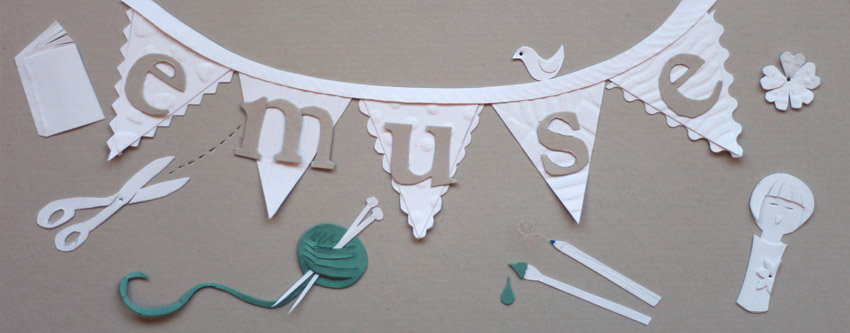I’ve been taking quite a lot of self portraits recently, so
I thought I would share some hints and tips I’ve learned!
Try outfits, makeup and hairstyles you wouldn’t normally
have a chance to wear. For example, false lashes sometimes irritate my eyes, so
I don’t usually wear them, but I love wearing them for taking self portraits!
Hats are also a lot of fun, as are umbrellas. Change outfits/accessories while
your hair and makeup are done to perfection and the light is good, and take
lots of photos. The more you take the better the chance of one you like.
Take advantage of good weather to take photos outdoors, or
to use natural light indoors. Try taking photos in lots of different places,
for example all around your house and garden, at work, in parks and gardens,
and on holidays. If you’re embarrassed taking photos of yourself in public, try
to find a quiet time or a secluded spot. Find interesting backgrounds, for
example walls with interesting textures or colours.
Use props that reflect your personality and interests, for
example books, foods and drinks, cameras, vintage items, gadgets, sports
equipment, craft tools, or whatever else you can think of! Try using props that
frame your face, like old picture frames, or props with words on them, like a
mini chalkboard. And you can quickly make some fun, silly props like moustaches
and glasses, using some card and a piece of dowel or kebab skewer.
Remember you don’t always have to look straight at the
camera and grin! Try taking some shots of yourself looking dreamily out into
the distance, some of you concentrating on a book or craft project, and some in
profile. Also, take some detail photos, for example of your everyday jewellery,
your hands or your feet. Take pictures of your hands holding or doing
something.
Themes and challenges are a good way to spark your
creativity. For example, I challenged myself to produce some creative
self-portraits to illustrate my end-of-month roundup posts on my blog, and I
wanted them to all have some connection to the name of the blog, or theme of
the month’s posts.
Learn what poses and angles best suit you, and what
positions are good for your camera. If you learn the best places to set up your
camera in your house and garden, and the corresponding places to stand or sit,
it will make setting up to take photos so much quicker.
Try some fun ideas, like jumping in the air, or using a wide-angle lens to create distortion.
Use a tripod. They are really useful, and not too expensive.
I find that the taller the tripod the better, as it gives you a good choice of angles.
The self timer on the camera can be useful, but I find a remote control is much
better as it allows you to take a lot of photos without going back and pressing
the button on the camera. I like using the live view mode on my camera, and
turning the screen round so I can see myself in it. If your camera doesn’t have
this, try setting up your camera in front of a mirror, or just running back and
forward after a few shots to check.
Once you’ve mastered taking photos of your front, you could
try the real challenge of taking photos of the back of your head like I did for
some of my
kanzashi hair ornament projects! I found the best way to do this was
to sit on a swivel chair, position myself in the correct place, spin around,
check with a mirror that I was positioned correctly, hold the remote behind my
back to take the photo, and hold the mirror up immediately afterwards to check
the photo was OK!
Make use of the outtakes. Don’t throw away all the
goofy-looking shots, you could make them into a fun collage or a
video like I
did.

.jpg)
.jpg)
.jpg)
.jpg)
+(Large).jpg)
.jpg)
.jpg)
.jpg)

.jpg)
